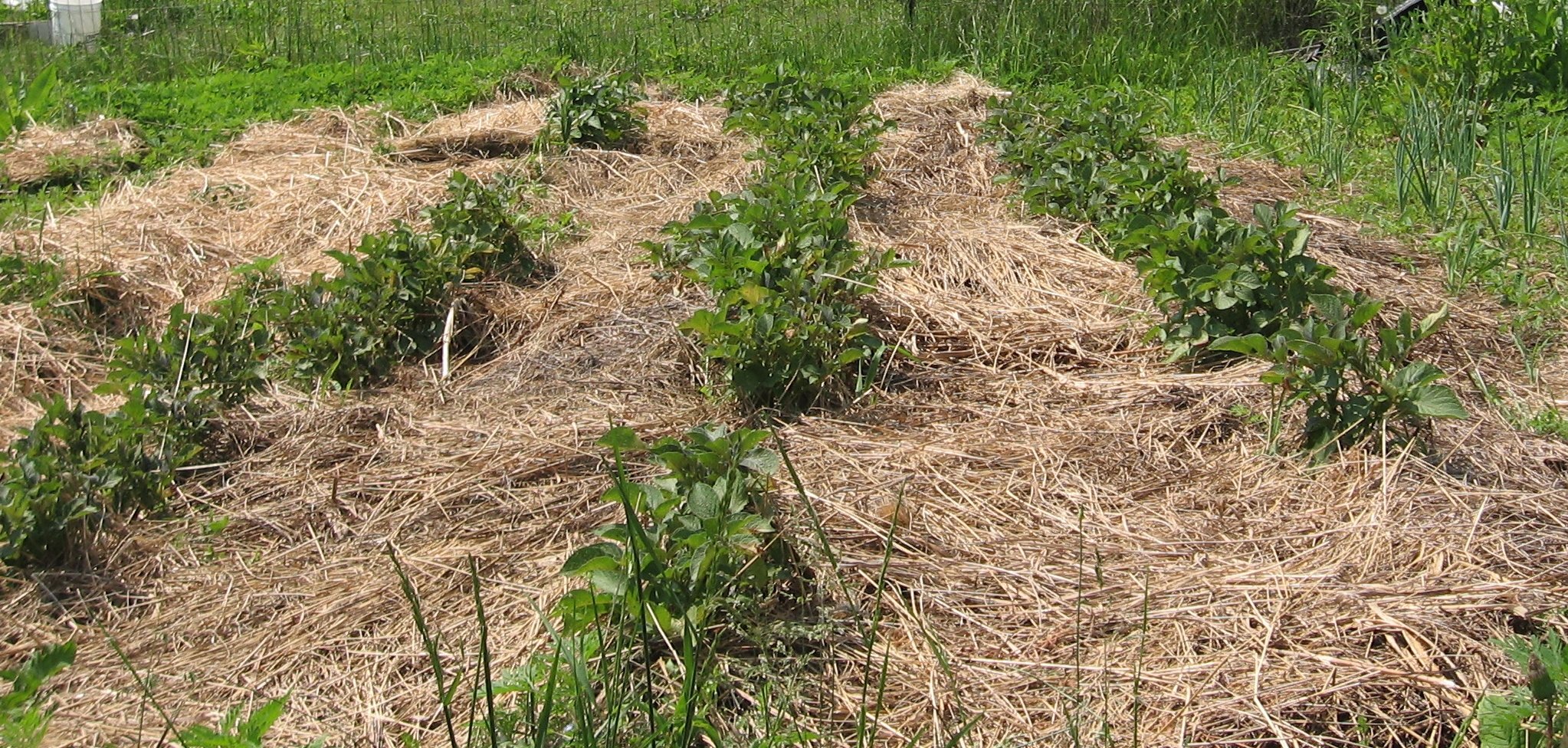Jerusalem artichokes, also known as sunchokes, are a fantastic choice for many home gardeners. They are hardy between USDA Zones 2 and 10, so they grow very well in Zone 6B.
These plants are a species of sunflower and produce cheerful yellow flowers, as well as edible tuberous roots.
























